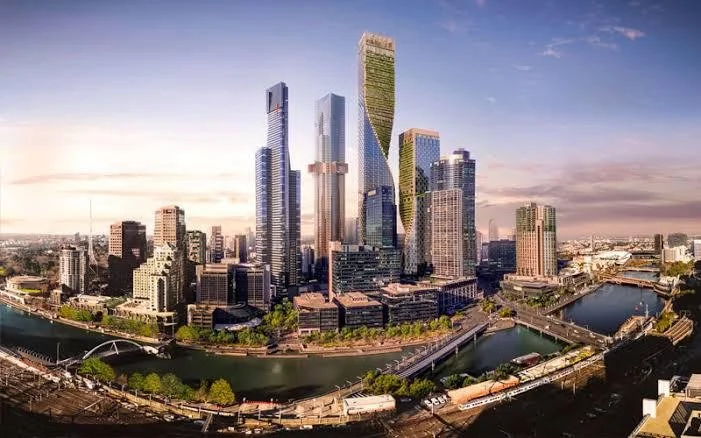Migration vs Housing: Can Melbourne Keep Up?
If you’ve lived in Melbourne over the past decade, you’ve felt the push–pull of people and property. Migration fell off a cliff during lockdowns, then roared back. Supply tried to keep up, sometimes did, often didn’t. Here’s what actually happened and what it means next.
2015–2020: Strong inflows, steady(ish) building
Through the second half of the 2010s, Victoria consistently attracted large shares of Australia’s net overseas migration (NOM), second only to NSW in many years. That steady inflow kept pressure on housing, especially rentals and inner- and middle-ring apartments. Australian Bureau of Statistics
2020–2021: Borders shut, inner-city whiplash
When borders closed, migration went negative and inner-Melbourne rentals flipped from tight to slack. Vacancy in the inner-city unit market peaked around 9% in March 2021, and rents in many inner suburbs fell sharply as international students and CBD workers disappeared. upaustralia.com.auThe Property Tribune
2022–2024: Migration snaps back, rentals tighten
Borders reopened and Melbourne switched back to population growth led by migrants, especially students. In 2023 - 2024, Greater Melbourne added about 121,200 people via net overseas migration, the single biggest driver of growth. Rental markets tightened materially; by mid-2024 Melbourne’s vacancy rate hovered near multi-year lows, before lifting a touch in 2025. Australian Bureau of StatisticsUrbissqmresearch.com.auPropertyMe
Victoria has been building more dwellings than any other state, with approx 60–61k completions in the year to late-2024. That’s solid, but not enough to offset the snap-back in demand, especially in well-located, medium-density stock. The State’s Housing Statement targets 800,000 homes over 10 years to close the gap. premier.vic.gov.au+1Victorian Government
Prices and rents: the tale of two cycles
Rents: After the 2020–21 dip, CBD and inner-ring rents rebounded as migration returned; nationally, rent growth cooled through late-2024/early-2025 from earlier peaks but remains elevated versus the pre-COVID decade. upaustralia.com.auThe Urban Developer
Prices: Melbourne values lagged other capitals through 2023–24 but have been edging higher through 2025 on most indices, as listings normalize and demand improves. The Guardianpages.cotality.comReal Estate
So… did migration “cause” the housing crunch?
Not by itself. Over the last decade, NOM has mainly amplified what was already tight: slow approvals in some corridors, construction costs, investor retreat at times, and a mismatch between where people want to live and where homes get delivered. When migration collapsed, inner-city rents fell; when it surged back, rentals tightened first (long before owner-occupier supply could respond). The result is exactly what you’d expect: low vacancies, rent pressure, and a supply pipeline racing to catch up. ANZCoreLogic
What to watch next
Delivery vs. targets: The 800k-in-10-years pledge is ambitious; keeping annual completions near or above ~60k—and in the right locations—will be key. Victorian Governmentpremier.vic.gov.au
Inner-city apartment supply: Student-led demand is back; the question is whether project feasibility (and planning timelines) allow fresh stock fast enough. UDIA VIC
Vacancy drift: Vacancy ticked up to ~1.8% in April 2025 from ~1.1% a year earlier, still tight historically, but worth watching as household sizes, investor activity, and migration settings evolve. PropertyMe
In short, over the last 10 years, migration has been the accelerator, not the engine. Melbourne’s challenge is less about how many people arrive and more about how quickly we deliver the right homes, in the right places, with the transport and amenities to match.

